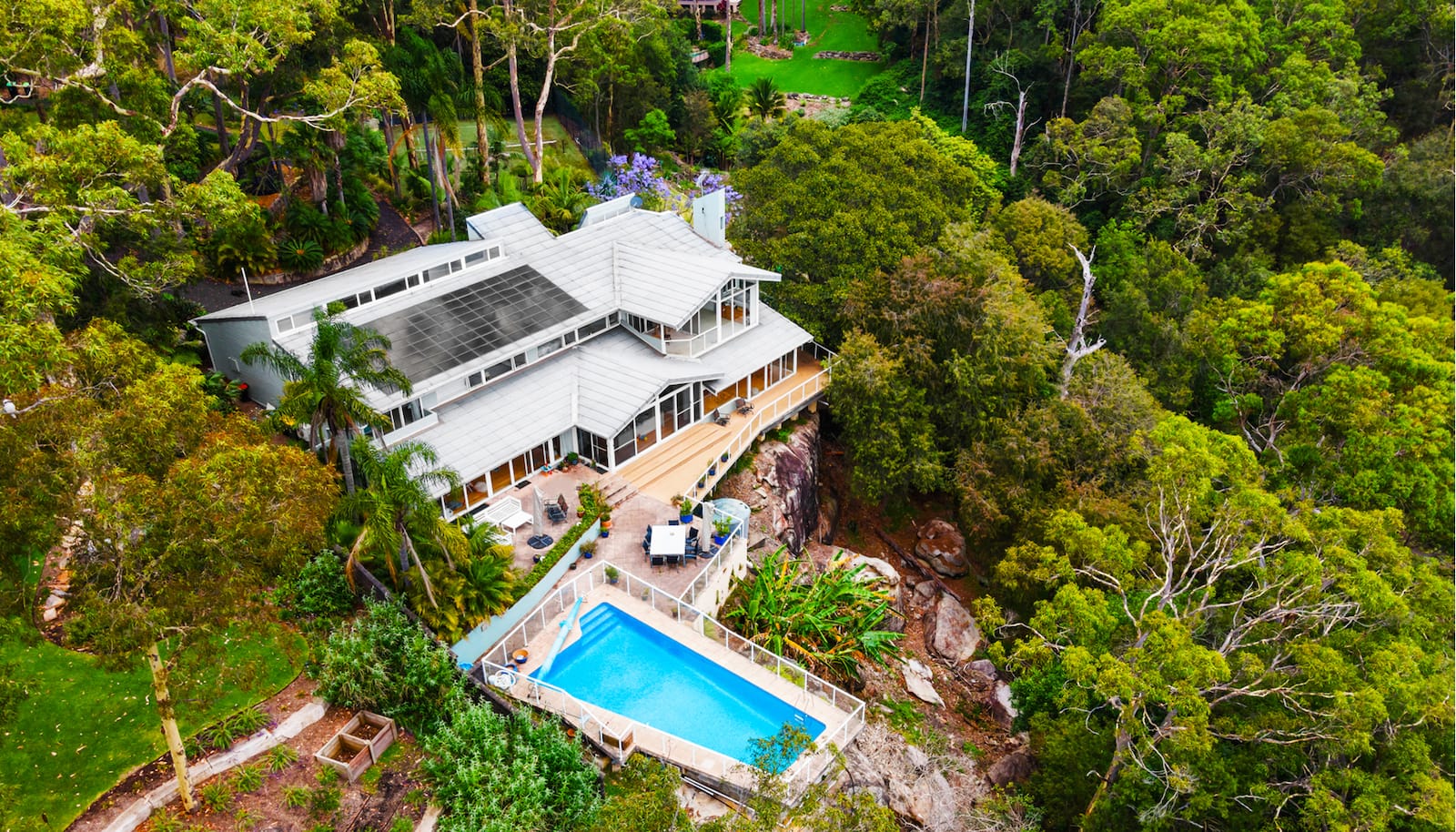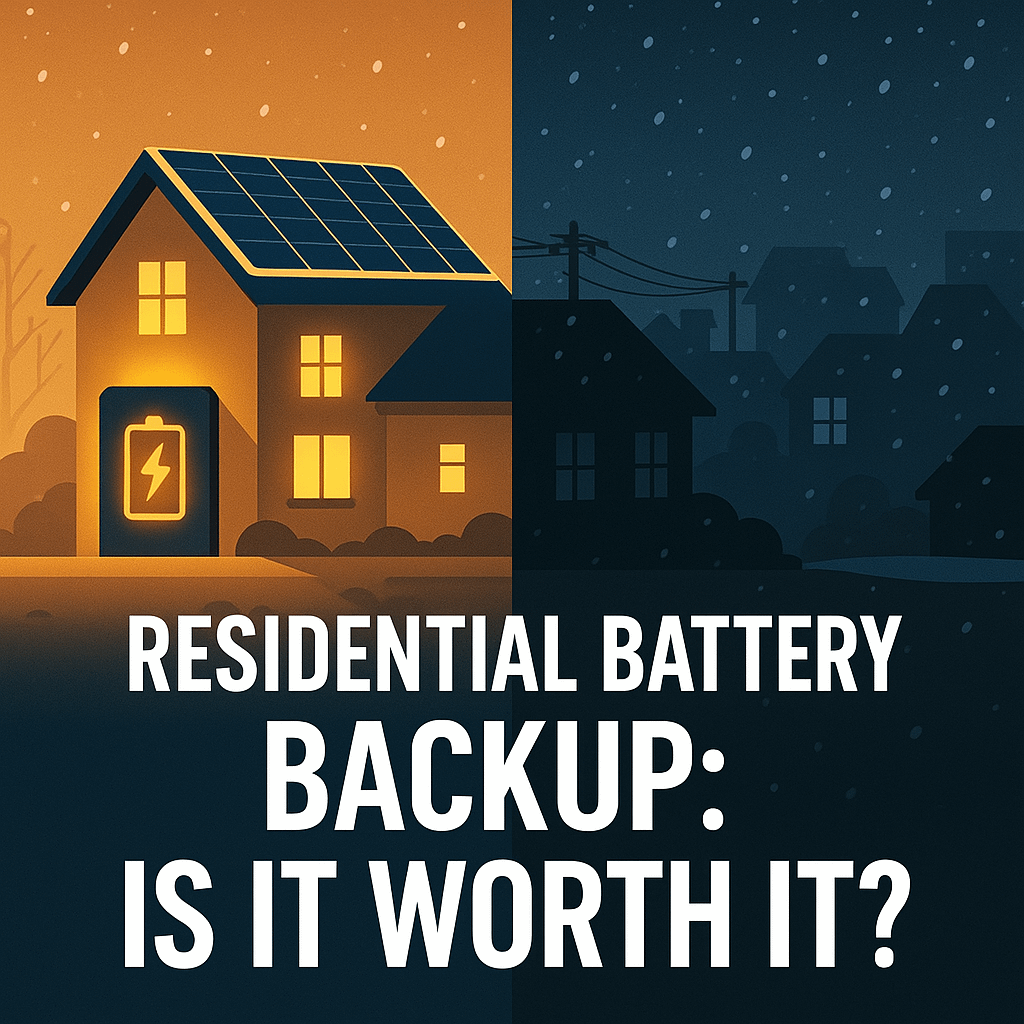Some combinations were just meant to be. Peanut butter and jelly, ice cream and spoons, solar panels and canals, and solar photovoltaic (PV) thermal integrated roofing. Who’da thunk.
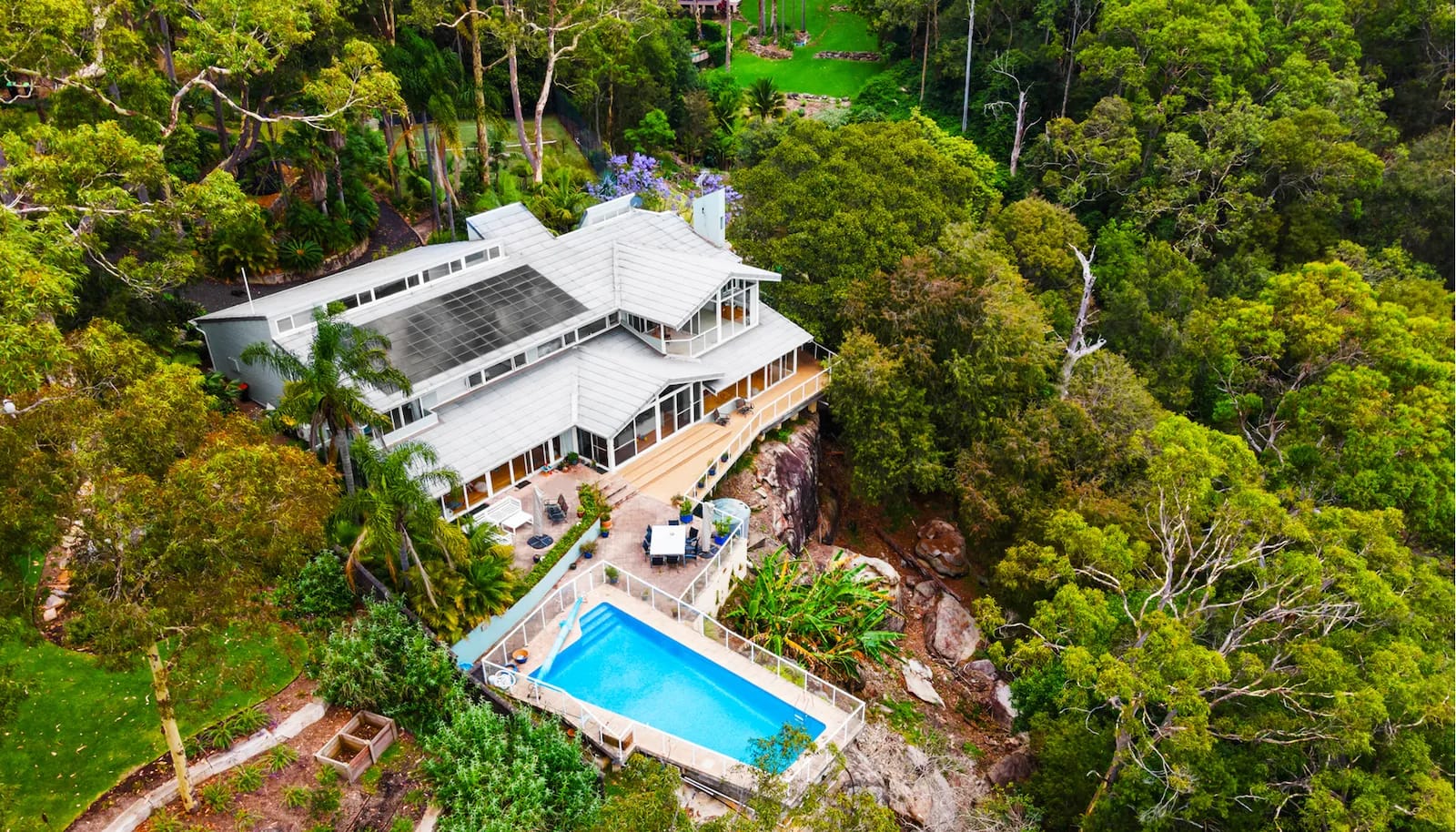
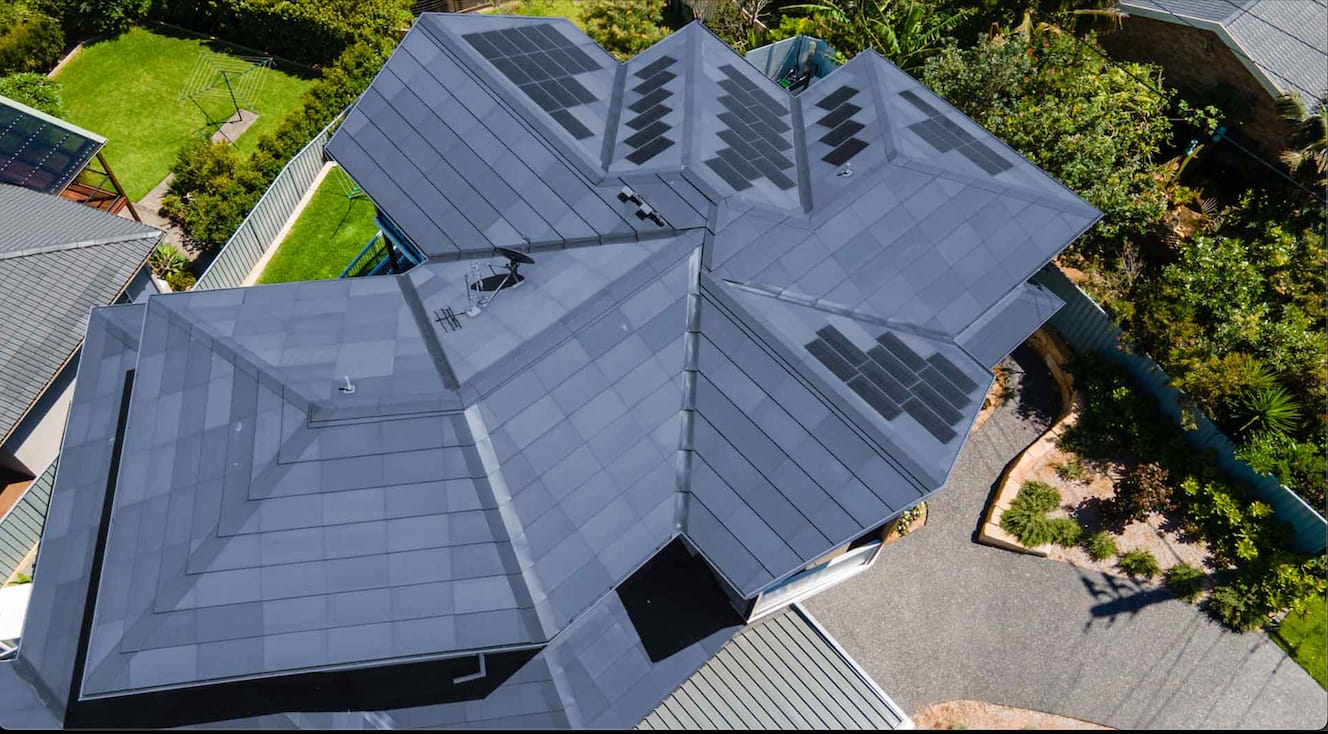
Images Courtesy of Tractile
Of all the presentations I watched at the Energy Expo one particularly stood out to me. The presentation was about a product called Eclipse Solar Roof Tiles. Designed and manufactured by a company called Tractile in Australia, this product has the potential to revolutionize rooftop solar.
Roof Integrated Photovoltaic Thermal (RIPV-T)
Introducing Roof Integrated Photovoltaic Thermal tiles… well that’s a mouth full, so let’s break it down. These tiles incorporate four features into one dynamic package. They’re a power generation plant, a complete roof system, a solar thermal water heater and an attic insulator.
What is Solar Thermal Water Heating?
In previous editions we’ve learned how solar PV works, we’ve also learned about integrated roofing products like those offered by Tesla and GAF Energy. But we haven’t talked much about passive solar water heating yet.
Passive solar water heaters work by passing water, or some other fluid, through small metal channels embedded in dark colored, heat absorbing material which is laid out in the sun. The heated fluid is then routed through a heat exchanger in your hot water tank or used directly.
By using the sun’s energy to to add heat to your water you reduce the amount of electricity needed to bring your tank to your desired temperature. Remember, heating and cooling are energy hungry endeavors.
Learn more about solar water heaters from the Department of Energy here.
Eclipse Solar Roof Tiles
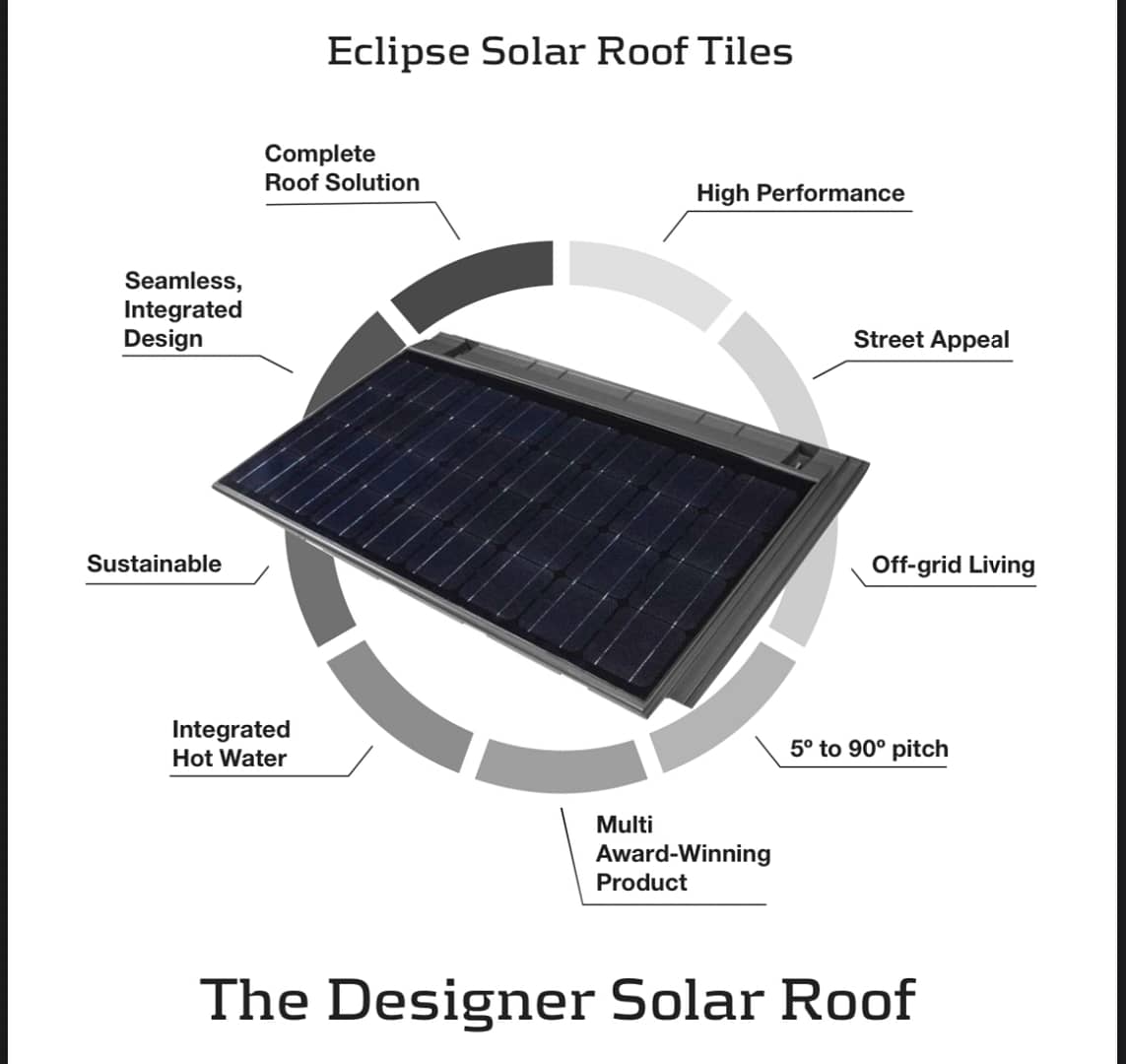
Image Courtesy of Tractile
Synergy
I apologize if you’ve been traumatized by managerial buzz word beat downs that included the word synergy. But I think it truly does apply here.
The synergy is what’s most exciting to me about this system. The combined features not only integrate, but they actually compliment each other. It’s one of those products that give you that duh factor the more you dig into it. That, why didn’t I think of that, feeling. Like putting wheels on luggage.
Water Cooled Solar Panels
There’s a bit of a catch 22 when it comes to solar panels. They love the sun, but they aren’t too fond of heat. Solar panel manufacturers add a temperature coefficient to their specifications telling you exactly how much efficiency is lost as the temperature increases.
Learn more about the relationship between solar panels and heat from EnergySage here.
The process of solar thermal requires absorbing heat and carrying it away to your hot water tank where you can make use of it. But absorbing heat from where? Well, from your solar panels of course. So water heating equals panel cooling. Pretty cool, right?
In hot climates this panel cooling can yield efficiency improvements in the neighborhood of 10%. That much improvement makes the panel cooling look more like a feature than a bonus.
Water Cooled Roof
Under the wrong conditions, your attic can reach temperatures as high as 150 degrees. Not only is this detrimental to standard asphalt roofing materials, but that heat is cooking your house! You waste hard earned energy cycling cool air in and throughout your home just to fight back against this suffocating blanket of heat.
So in addition to carrying away heat from your panels, the system is carrying heat away from your attic as well. Once again, we’ve discovered an efficiency gain that which seems almost hidden by the primary features. So now, water heating equals panel cooling AND roof cooling, which of course means you require less energy for cooling your home.
If you Can’t Stand the Heat Just Use it in the Kitchen, or in the Pool
Now that you’ve absorbed the efficiency killing heat from your solar panels, and carried it away before allowing it to bake your roof we get to use that heat. In the spirit of zero waste, the thermal energy you’ve collected can now be used for a variety of purposes.
As the water travels to your hot water tank, why not take a circuitous route through channels in the floor for heated floors? Or perhaps you really want a heated pool, but don’t want a massive energy bill. Many processes can be made more efficient by supplementing with heat carried away from your roof. Even in cooler climates.
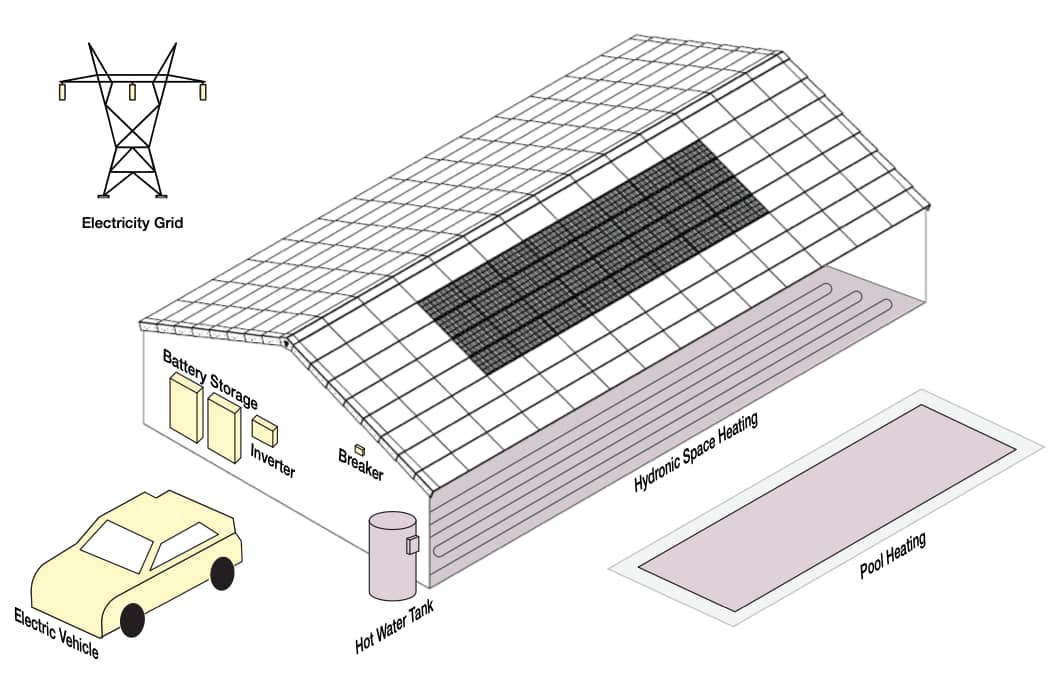
Image Courtesy of Tractile
What About the Big Bad Wolf?
For those living under constant and rising threat of hurricanes or cyclones, mounting solar racking and expensive panels to your roof may not be the best idea. Some places are so vulnerable to these threats that insurance companies refuse to offer rooftop solar coverage. With traditional rooftop solar racking the channel under the panels can create a wind tunnel that can tear the racking from your roof in a hurricane.
Roof integrated solar is much more secure. When Mother Nature comes huffing and puffing, the Eclipse Roof Tiles are prepared for Category 5 Hurricanes and Cyclones. Eclipse Solar Tiles can withstand winds of up to 280km/hr (177mph).
In addition to being more stout than traditional asphalt shingles in the face of heavy winds, these tiles are resistant to large hail and also come with a BAL-40 rating, which means they’re well protected from brush fires. Learn more about BAL-40 rating here.
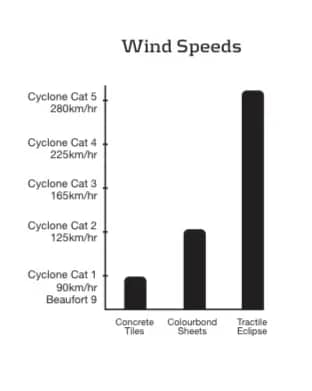
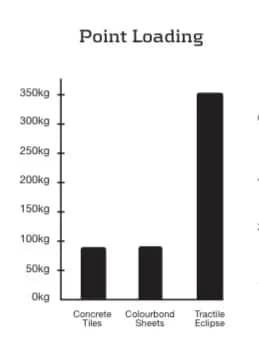
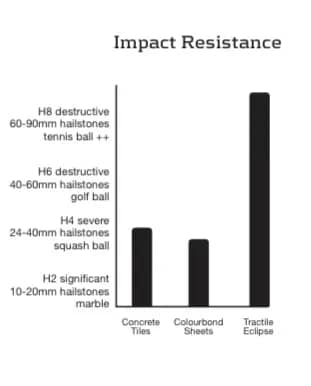
Images Courtesy of Tractile
So What’s the Price Tag?
Tractile is not in the US market yet, but there are plans to do so. According to a company representative, once they do enter the US market they can supply the Eclipse Solar Roof Tile system at, “a comparable price to conventional roofing and solar.” If so, this will be inline with GAF’s Solar Shingle product and less costly than Tesla’s Solar Roof. The only difference is this product is better… way better.
If this product is available when it’s time for a new roof or when designing new construction the Eclipse Solar Roof Tile is definitely worth a look. Why add a dumb roof when you can get one that keeps you cool, heats your water, powers your home and keeps you secure under the heaviest of nature’s assaults.
The Solar Decathlon
In 2002, the US Department of Energy rolled out the Solar Decathlon. The Solar Decathlon is an event where future building professionals from participating colleges compete and showcase their most effective and innovative solutions for addressing the world’s energy crisis. Since its inception, the decathlon has challenged more than 25,000 students representing over 40 countries in events held around the world.
2018 Middle East Solar Decathlon
The Eclipse Solar Roof Tiles were introduced to the world as a part of a net positive energy home called the Desert Rose House, sponsored by a school south of Sydney, Australia, called the University of Wollongong (UOW).
Among other awards, Team UOW took 1st in innovation, comfort and interior design, and 2nd in building efficiency and building integrated photovoltaics. Read more in the Tractile press release here.
And check out their video…
Thank You!
Thank you for checking out our blog! If you want to read more like this please consider subscribing below. And, as always, please contribute your thoughts below.

